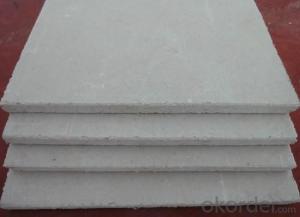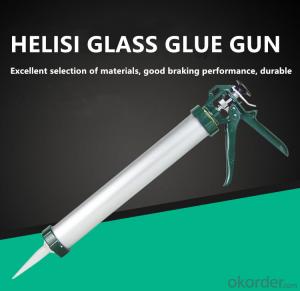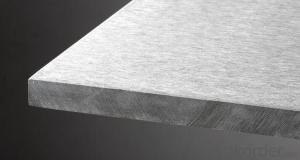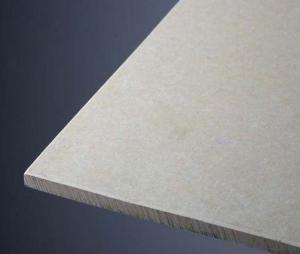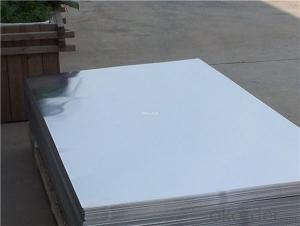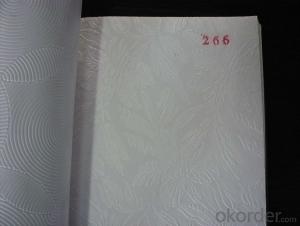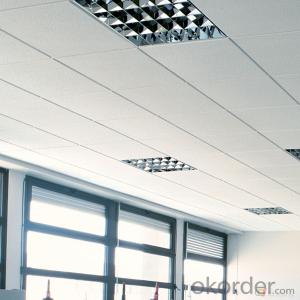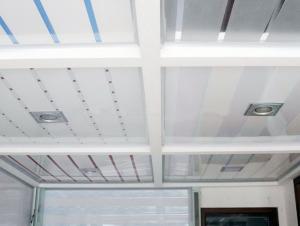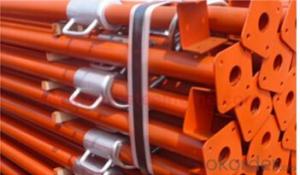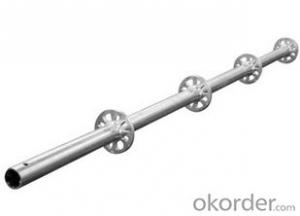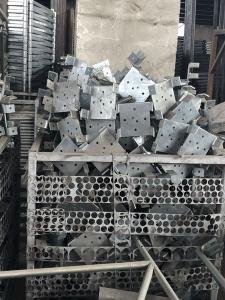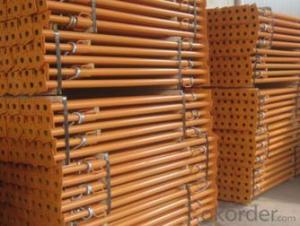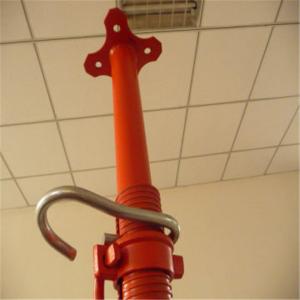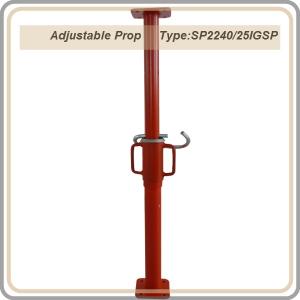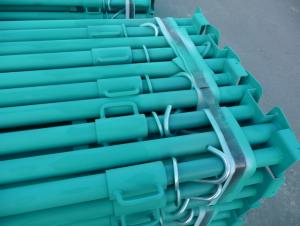Best Prop For Speed
Best Prop For Speed Related Searches
Best Paint For Stainless Steel Best Inverter For Solar System Solar Panel Inverter For Home Best Inverter For Solar Panels Best Solar Inverter For Rv Bending Machine For Pvc Profiles Inverter For 100w Solar Panel Solar Panel Inverter For Rv Best Aluminum Foil For Bbq Pvc Tiles For WallsHot Searches
Steel Mesh Panels For Sale Price For Stainless Steel Scrap Scrap Price For Stainless Steel Price For Stainless Steel Stainless Steel Plate For Sale Stainless Steel Tank For Sale Stainless Steel Sheets For Sale Cheap High Tea Sets For Sale Stainless Steel Tanks For Sale Stainless Steel For Sale High Density Fiberboard For Sale Solar Hot Water Collectors For Sale Scaffolding For Sale In Uae Scaffolding For Sale In Ireland Scaffolding For Sale In Houston Type Of Inverter For Solar Price Of Shipping Containers For Sale Types Of Inverter For Solar Stock Price For Aluminum Cheap High Tea Sets For SaleBest Prop For Speed Supplier & Manufacturer from China
Okorder.com is a professional Best Prop For Speed supplier & manufacturer, offers integrated one-stop services including real-time quoting and online cargo tracking. We are funded by CNBM Group, a Fortune 500 enterprise and the largest Best Prop For Speed firm in China.Hot Products
FAQ
- To determine the required number of steel props for a project, you need to consider several factors. Firstly, you should assess the load that the props will be supporting. This includes the weight of the structure or formwork that the props will be used to support. You need to calculate the total weight that each prop will bear to ensure they have enough capacity to safely support the load. Next, you should consider the spacing between the props. The distance between the props will depend on the size and weight of the structure or formwork, as well as the type of props being used. Typically, the spacing between props should be smaller for heavier loads or larger structures. The height of the structure or formwork is another crucial factor to consider. The taller the structure, the more props will be required to ensure stability and prevent any sagging or deflection. The height-to-base ratio is often used to determine the number of props needed, with higher ratios requiring more props. Additionally, the type and quality of the props should be taken into account. Different props have different load capacities, so it is essential to check the manufacturer's specifications to ensure you are using props that can safely support the anticipated load. Lastly, it is important to consult any relevant codes or regulations that may govern the use of props in your region. These regulations may provide specific guidelines or requirements for determining the number of props needed for a given project. By carefully considering the load, spacing, height, prop type, and relevant regulations, you can accurately determine the required number of steel props for a project. It is always advisable to consult with a structural engineer or a professional experienced in formwork and scaffolding to ensure the safety and efficiency of the prop installation.
- Certainly! A steel prop proves versatile in diverse weather conditions. Steel, being both durable and robust, resists rain, snow, and extreme temperatures. Its resilience extends to varying humidity levels, unaffected by moisture, rendering it apt for any weather. Moreover, steel props often undergo coating or treatment to fortify their corrosion resistance, guaranteeing their adaptability to outdoor use in different climates. Nonetheless, adhering to the manufacturer's instructions and guidelines for adequate care and maintenance is always advisable to extend the steel prop's lifespan and optimize its performance, irrespective of the weather conditions it encounters.
- Yes, steel props are adjustable in both horizontal and vertical directions. Steel props, also known as adjustable steel props or telescopic steel props, are commonly used in construction projects to support and stabilize temporary structures such as scaffolding or formwork. These props are designed with a threaded outer tube and an inner tube that can be extended or retracted to achieve the desired height. In addition to the vertical adjustment, steel props also have an adjustable head that allows for horizontal adjustment. This flexibility in both directions ensures that the props can be easily adjusted to fit the specific requirements of the construction project, providing stability and support to the temporary structures.
- To dismantle a steel prop, you would need to start by loosening any locking mechanisms or pins that are securing it in place. Next, carefully detach any connecting bolts or clamps. Once the prop is no longer secured, you can safely disassemble it by removing each individual component or section. It is important to exercise caution and follow any safety guidelines provided to avoid any potential hazards during the dismantling process.
- Generally, steel props are a suitable option for supporting heavy loads for a prolonged duration. The strength and durability of steel make it an ideal material for this purpose. In construction, engineering, and maintenance projects that require temporary support, steel props, also called adjustable steel props or acrow props, are commonly used. These props can be adjusted to various heights, offering stability and the ability to bear loads. They are specifically designed to withstand substantial weight and pressure, making them well-suited for supporting heavy loads over extended periods of time. However, it is crucial to ensure proper installation, regular inspection, and adherence to the specified load-bearing limits of the props to maintain their structural integrity and ensure safety.
- Embedded dislocation, steel support how to put? Metro Shield Construction
- If the support is welded on the embedded part, then the dislocation of 7 ~ 8cm, should not be a problem
- Yes, steel props are suitable for use in the construction of bridges. Steel props provide structural support and stability during bridge construction, offering high load-bearing capacity and durability. They can be adjusted and customized to accommodate various bridge designs and load requirements, making them an ideal choice for bridge construction projects.
- Steel props are a viable option for shoring applications. These props, also referred to as adjustable steel props or steel acrow props, find widespread use in construction and shoring to provide stability and support for temporary structures or loads. They are commonly employed in situations where vertical or horizontal reinforcement is necessary, such as in excavation works, formwork support, scaffolding, or to offer temporary support during renovation or repair projects. The adjustable height feature of steel props enhances their versatility and suitability for various shoring applications. These props possess strength, durability, and the ability to bear heavy loads, which contributes to their popularity within the construction industry. Additionally, the installation and dismantling of steel props are straightforward, providing job sites with flexibility and convenience.
















